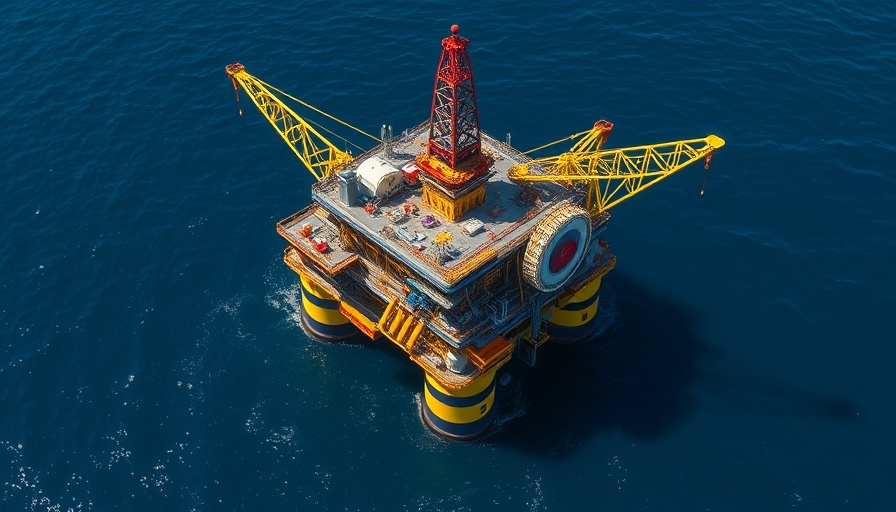
Funding Shifts: What's the New Game Plan?
The latest budget proposal from the Trump administration has set the construction industry abuzz, especially for those in commercial sectors. It proposes a combination of reduced funding for certain construction projects while ramping up investments in transportation infrastructure. This two-pronged approach signifies an interesting pivot that could redefine project prioritization across various markets.
Examining the Trade-offs: Construction Spending vs. Transportation Boosts
Imagine standing at a bustling construction site with towering cranes amidst chatter and machinery. Now envision that scene shifting, as fewer cranes adorn the skyline while more focused resources are directed toward roads and rail. The administration’s cuts, described by some industry experts as draconian, could impact numerous ongoing and upcoming projects—pushing the construction community to adapt swiftly.
This juxtaposition between construction and transportation funding begs the question: Who stands to benefit? While transportation projects can enhance community accessibility and potentially spur economic growth, many fear the cuts to construction could stymie rejuvenation efforts in urban and rural settings alike.
Historical Context: Navigating Through Previous Budgets
Historically, government budgets have fluctuated with the political landscape, but shifting priorities have often led to larger implications for the industry. For instance, during the Recovery Act of 2009, significant investments were made in both construction and transportation. This created a ripple effect, fostering job opportunities and improving project timelines.
Now, as the focus shifts again, stakeholders within the construction sector emphatically emphasize the need to balance both areas. Innovations in construction technology suggest that even with lower budgets, enhanced project efficiency can lead to better utilization of resources. However, will this be enough to offset the anticipated budget cuts?
The Technological Edge: Embracing Innovations Amid Budget Cuts
In an era where tech companies spearhead innovation, construction firms must pivot towards efficiency-driven solutions. Adopting advanced project management software and leveraging technologies like Building Information Modeling (BIM) and prefabrication strategies can help mitigate the potential impacts of budget reductions.
For instance, what if construction companies began deploying drones to survey project sites or utilized augmented reality for real-time project adjustments? Not only do these technologies economize resources, enhancing quality outcomes, but they also contribute to project timelines staying on track despite financial constraints.
Moving Forward: Actionable Steps for the Construction Sector
As the construction community adapts to these proposed budget shifts, there are steps that can ensure continued success. First, stakeholders need to initiate dialogues with local governments to understand and influence project prioritizations. Additionally, diversifying project portfolios may shield businesses from the impacts of funding changes.
Moreover, investing in training employees on new technologies can foster a more adaptive workforce—one that is ready to face the challenges of an evolving industry landscape.
Your Voice Matters: Participate in the Conversation
As the construction industry braces for potential shifts in funding and focus, your voice as clients and stakeholders is vital. Engage with your local representatives, advocate for balanced funding that supports both construction and transportation needs, and share your insights on how these changes impact you. Together, the industry can work towards a sustainable future, ensuring quality projects and community development go hand in hand.
 Add Row
Add Row  Add
Add 




Write A Comment